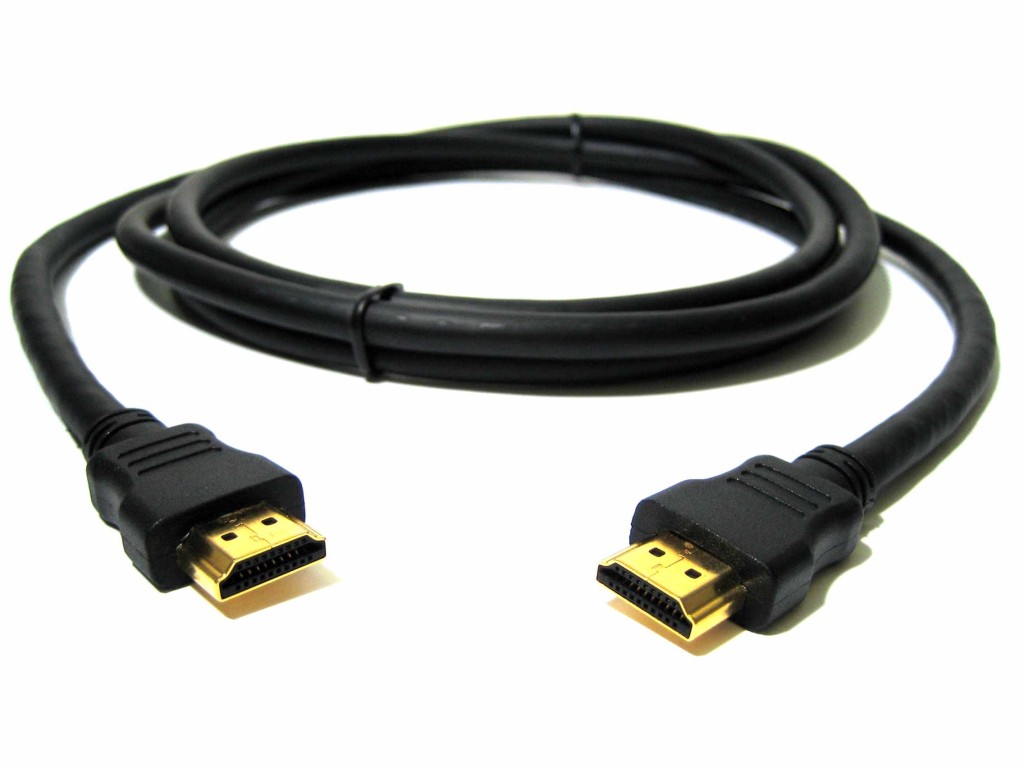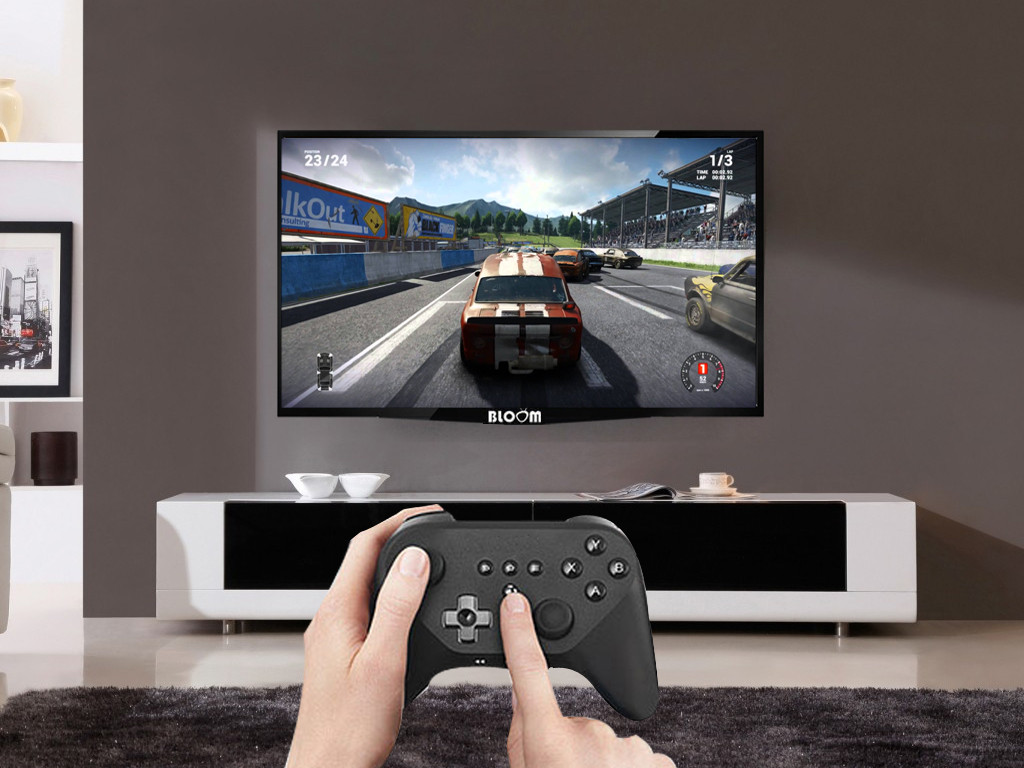
Are you confused by all the different display ports and options on monitors, TVs and projectors? It can be confusing when comparing VGA vs DVI vs HDMI resolution, but it doesn’t have to be!
Here’s a port by port breakdown explaining each type of resolution and a recommended application of use for each!
VGA vs DVI vs HDMI Resolution
HDMI
We’re going to start by teaching you about HDMI Resolution, because quite frankly… it’s the best. HDMI broken down just means “high definition multimedia interface.”
Most modern TVs and PCs support this resolution. Furthermore, most products you would plug into a monitor of some type also support an HDMI connection. A few you might have could include:
- Tablets
- Google Chromecast
- Cable box
- Mobile Device
The main reason why HDMI connections are considered to be the best is because they incorporate both display and audio through the same cable. It’s a familiar format that most people understand, which makes it popular among customers.
In recent years, HDMI standards have been upgraded. But don’t go out and buy new cables – you don’t need them! The HDMI standards upgrade is a part of the hardware itself and cables used with lower standards equipment will still work perfectly.
To summarize, HDMI is great for general use, but other cables can be good for other specific situations.
Do you have a TV with damaged connection ports? Contact us to get in touch and get it fixed!
DVI
DVI stands for “Digital Visual Interface.” It was considered to be the standard display format in 1999… quite awhile back in the technological revolution. DVI has multiple different modes, including:
- DVI-D (digital only)
- DVI-A (analog only)
- DVI-I (digital and analog)
Technically, the digital video signal passed through the cable is the same as HDMI.
The main difference between the two connection types is that DVI doesn’t support an audio signal and requires using a different cable in addition to the visual cable.
This helps to explain why it’s not something you would find on Bluray players or new HD TVs. You can, however, find it on projectors.
At this point in time, HDMI has basically replaced it, though it is good for computer monitors that lack speakers.
There are two types of connectors: dual-link and single-link. Dual-link connectors double the power of transmission with higher speed and signal quality.
VGA
VGA stands for “Video Graphics Array,” which is an analog, video only connection. You will rarely find this connection type on TVs, but can sometimes find it on projectors or old PCs.
The big tech companies (like Samsung) banded together to agree to drop support for VGA back in 2010. As such, there’s really no good use for this display type unless your PC or projector older and doesn’t support DVI or HDMI.
Do you still have questions about VGA vs DVI vs HDMI resolution or want to know what’s the best one to use for your specific purposes? Contact us online or call us at (440)725-0642 for more information!
Taking a look at your electronics, what are the most common connection types you can find? Share in the comments and see where you stack up amongst our other customers!


